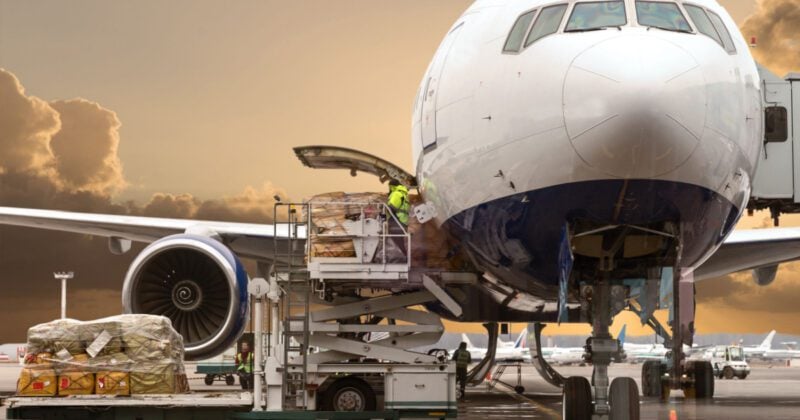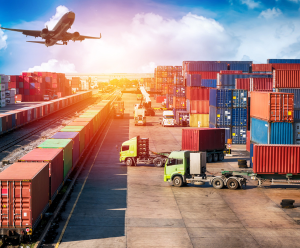11月,所有的目光都聚焦于中国,官员们表示,明年第二季度可能会放宽清零政策。然而,为了遏制新冠疫情再次爆发,中国各地都实行了大规模的管控措施。这对全球贸易前景产生了明显影响,降低了2022年第四季度出现航空货运迟来旺季的可能性。
11月的最后一周,管控和抗议活动导致中国主要工业中心的分销和生产中断。苹果在第四季度早些时候警告称,由于中国在生产上面临的挑战,其最新款iPhone机型的交付将被推迟。11月底,富士康位于河南省会郑州的iPhone工厂园区发生工人抗议,抗议针对居住环境、工资和管控问题,对此分析师警告称,iPhone 14的销售将受到进一步影响。
“我们看到全国各地的工业中心都实行了一系列管控,此外还有各地核酸检测的阻碍,导致了一些货运延误,”DHL全球货运亚太区首席执行官梁启元(Kelvin Leung)说,“我们正在持续监测局势,同时利用过去两年的经验教训,保持供应链的弹性,以应对任何进一步的挑战。”
需求和费率软化
然而,中国发生的一系列事件并不是需求前景黯淡的唯一原因。
亚太航空协会(AAPA)报告称,以货运吨公里为单位,10月份国际航空货运需求同比下降13.9%。
“在全球经济风险上升的背景下,商业信心下降导致制成品订单放缓,进而导致今年前10个月航空货运需求同比下降5.5%,”AAPA总干事Subhas Menon表示。
Freightos研究主管Judah Levine表示,航空货运旺季根本没有出现,需求同比下降的部分原因是海运的改善。他说:“随着集装箱运费和运输时间的减少,去年选择空运以避免海运延误的托运人现在又转向海运。”“Freightos的航空指数(FAI)数据显示,从中国到美国和欧洲的航空货运费率与年初相比下降了50%。”
DHL 11月发布的《航空货运行业状况报告》指出,尽管受到燃料价格上涨的影响,全球航空货运费率仍低于去年水平。此外,还概述了目前市场如何应对低交易量的问题。采购经理人指数(PMI)表明,未来几个月出口出现疲软,因为库存基本保持充足,而高通货胀率正在打击消费者和企业购买力。因此,预计2023年前两个季度的交易量将持平增长。
出口水平的远期指标
野村证券(Nomura)的亚洲(除日本外)总出口中的领先指数(NELI)发现,中国内地、香港、印度、印度尼西亚、韩国、马来西亚、菲律宾、新加坡、中国台湾和泰国的出口前景正在下滑。最新的NELI读数为82.9,是自2020年7月以来的最低水平,当时全球贸易因新冠疫情管控而陷入停滞。
该金融公司强调,同比可能出现两位数的下降,并强调,韩国11月前20天的出口增长同比下降16.7%,而10月的萎缩幅度为5.5%。
2020年年中,供应混乱是主要因素。与当时不同的是,目前亚洲出口疲软可能与总需求疲软有关。野村证券指出,亚洲出口历来是全球需求的风向标,这表明问题不再是美国和欧洲是否会出现衰退,而是衰退会有多严重。
运力改善带来一线希望
然而,航空货运供应链预计将变得更加可靠。例如,更多的国际客运服务正在恢复,将开辟新的舱位选择,增加全球运力。
基准平台Xeneta表示,除了额外的腹舱运力外,其他因素如在航空货运高峰期间转换为海运和空运订单,将开始冲击市场,进一步增加可用运力。
DHL11月发布的《航空货运行业状况报告》指出,11月的全球运力比去年同期增长10%,仅比2019年11月低12%。
然而,Xeneta警告称,在许多市场,“这种运力的增长不太可能得到类似需求增长的支持,因此会对载客率构成下行压力”。
这对货主来说是个好消息。Leung指出,虽然一些产品恢复海运,但航空货运费率较低,使航空货运代理选择更为实惠。
“目前市场形势严峻,但我们有能力继续满足客户的需求,”他补充道。










 简体中文
简体中文